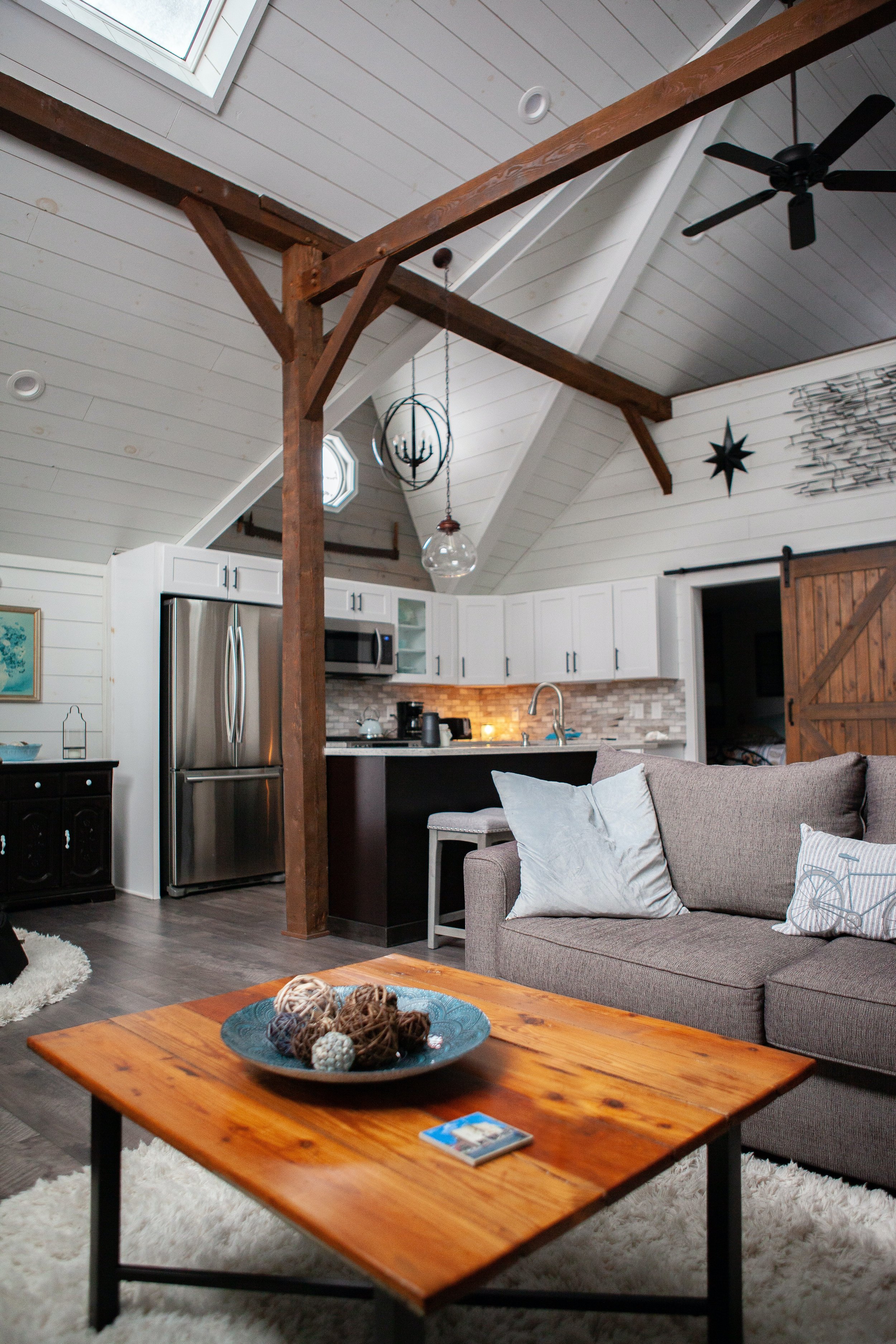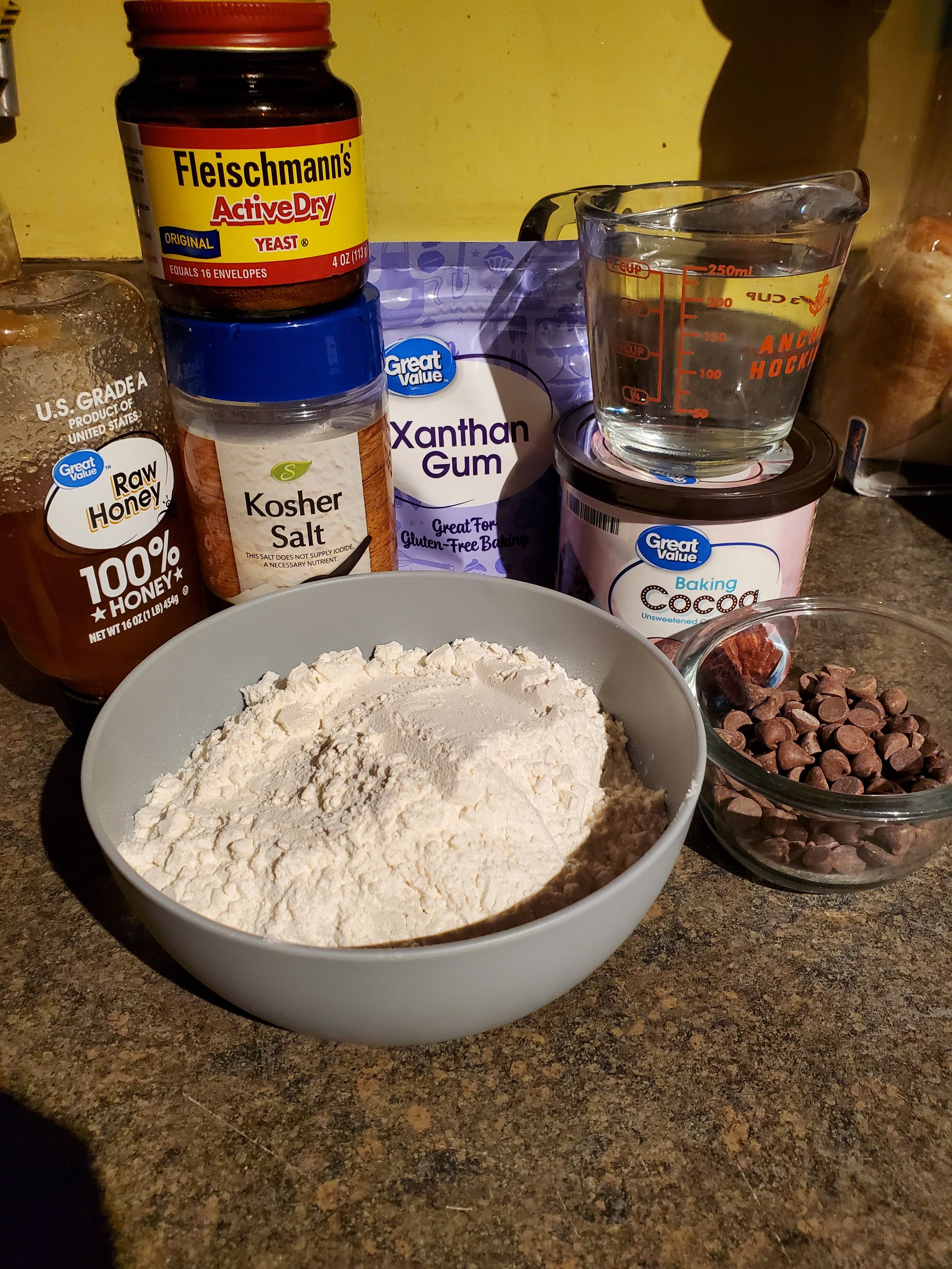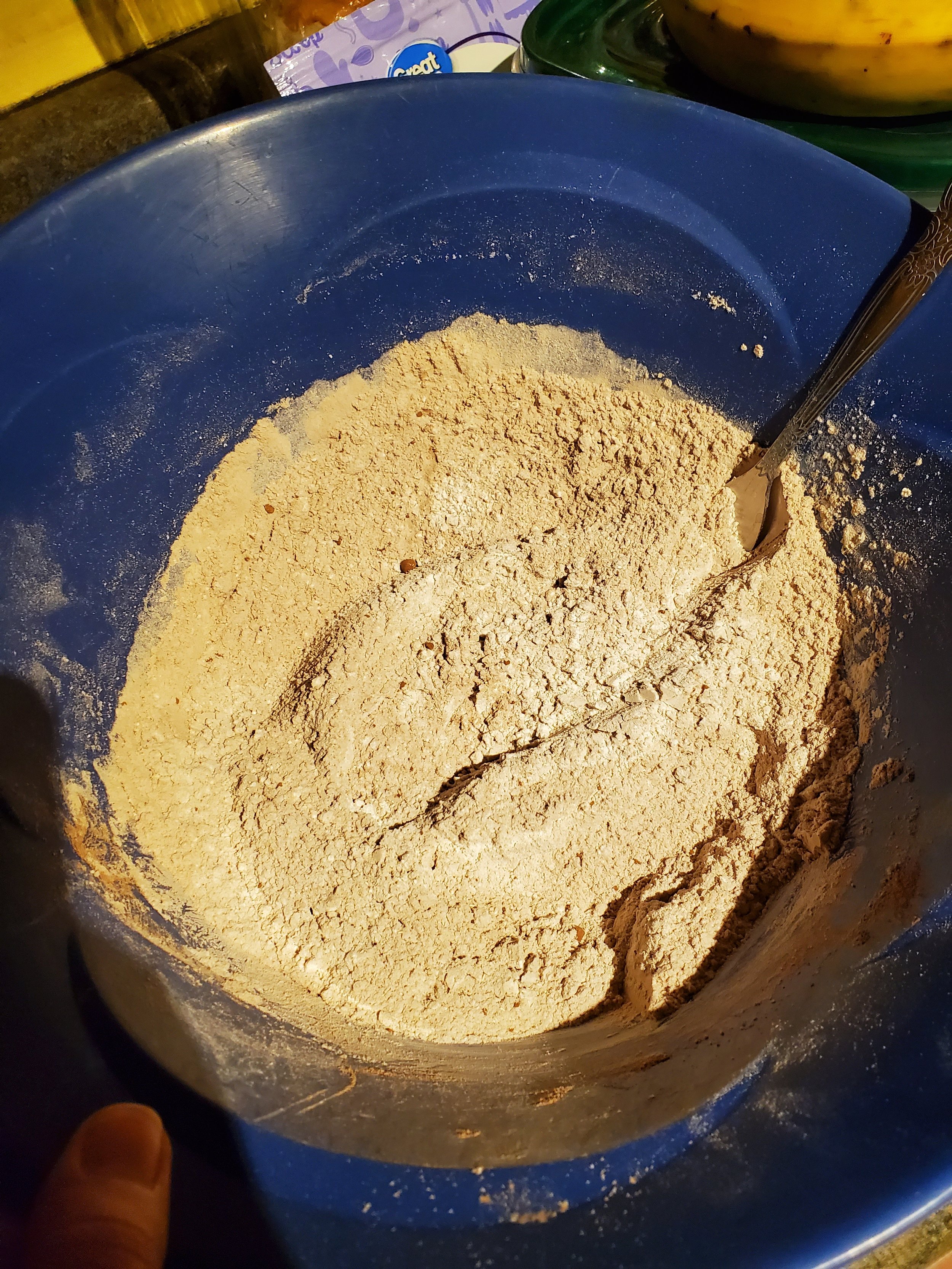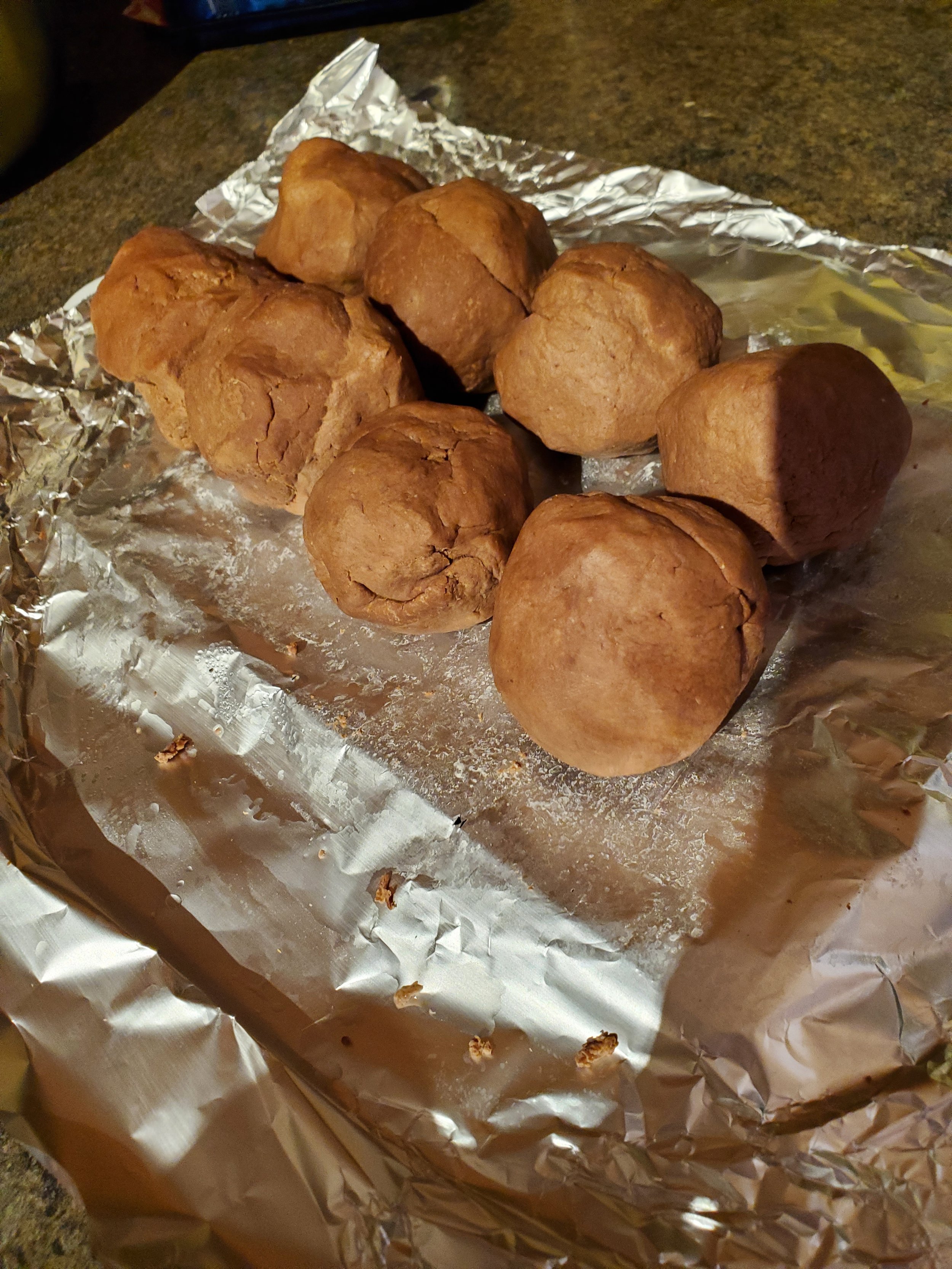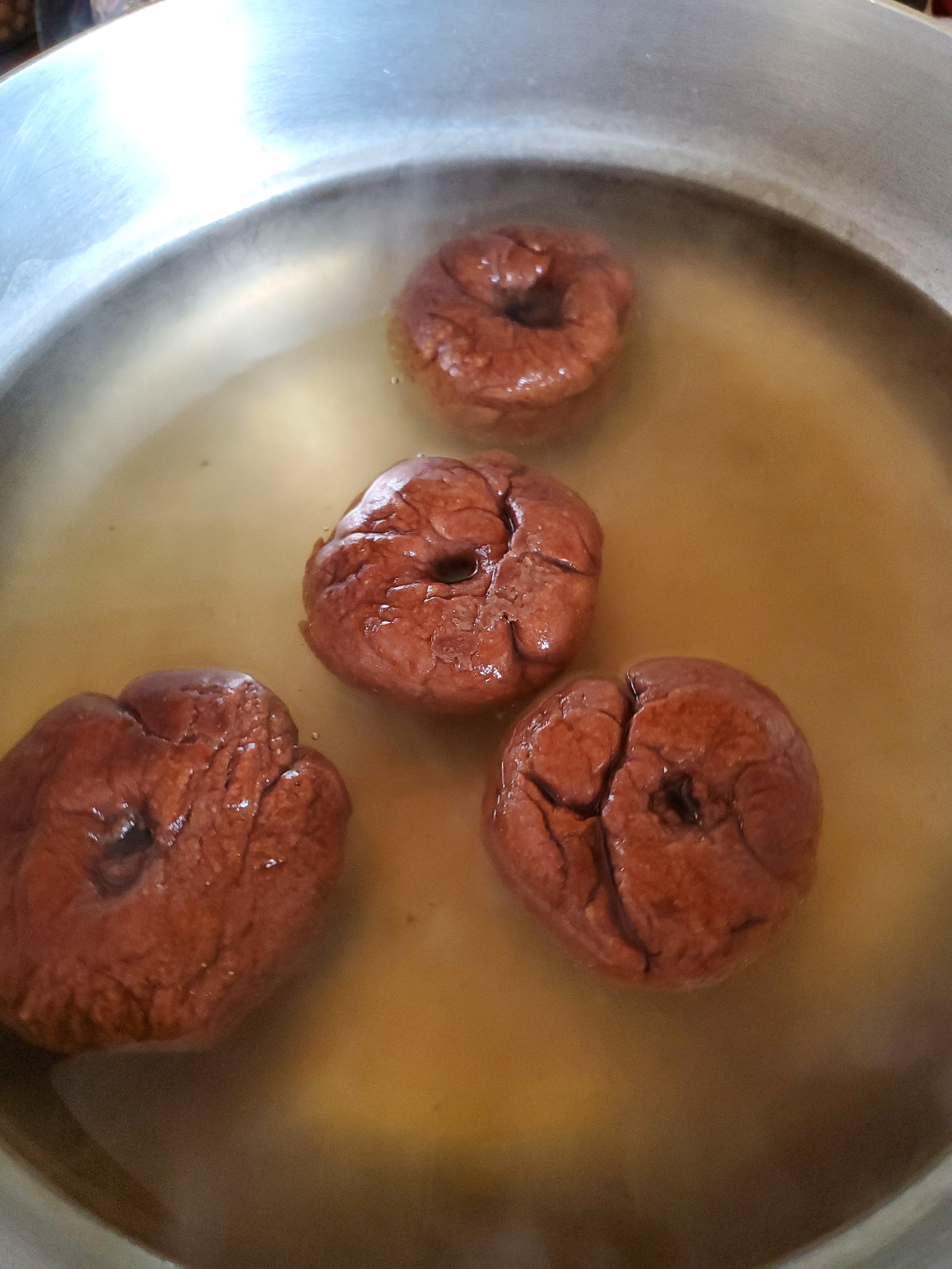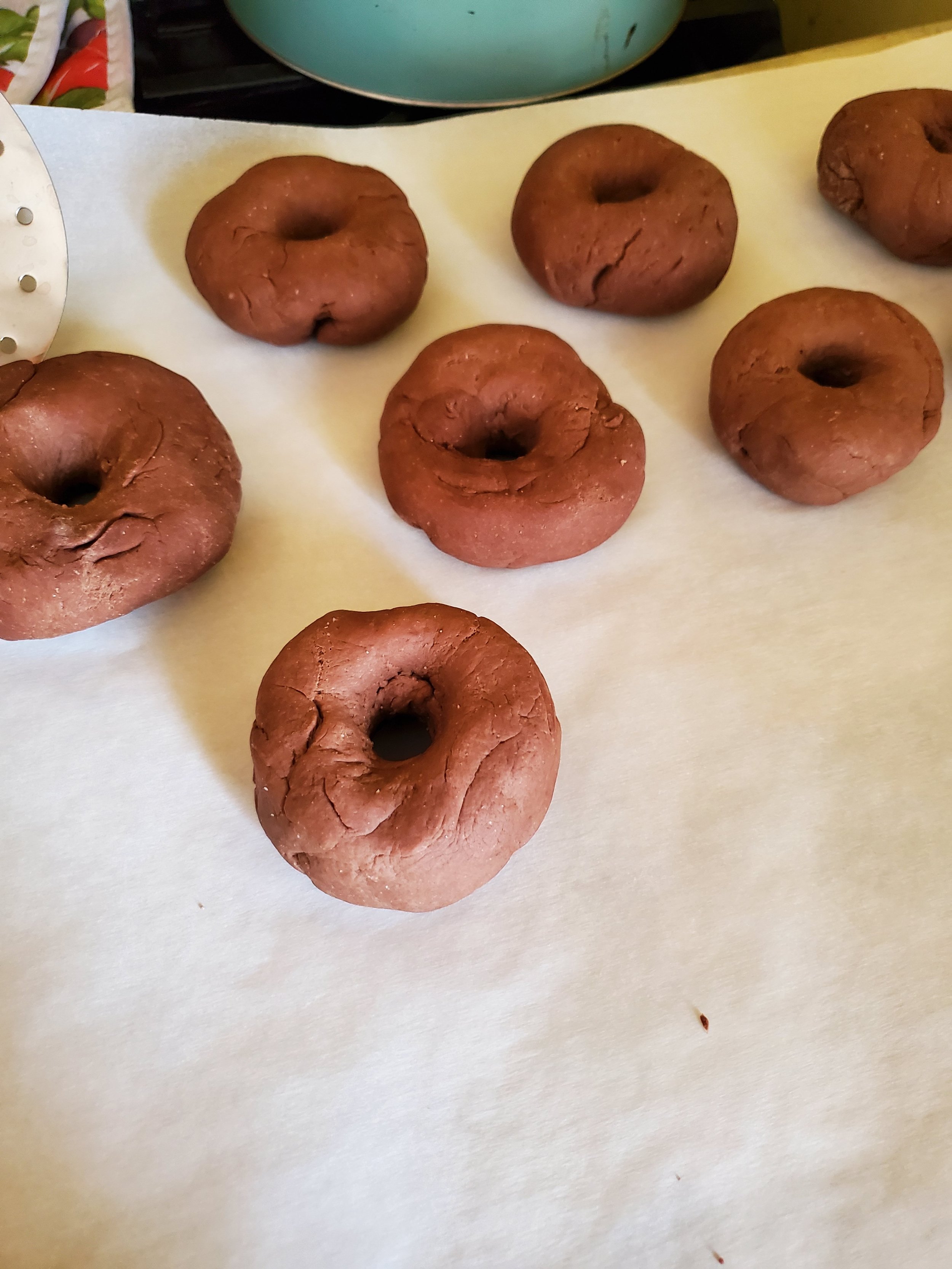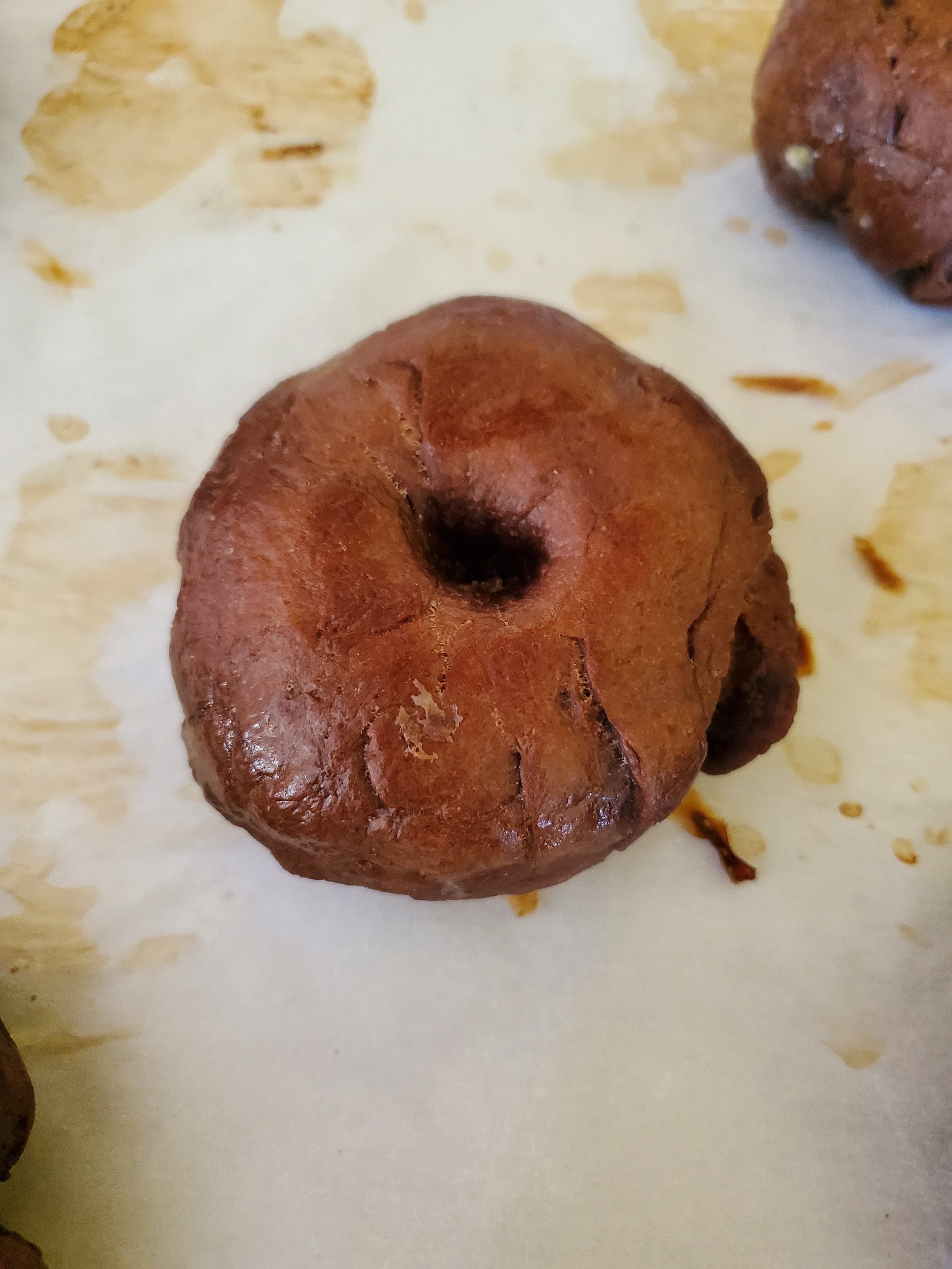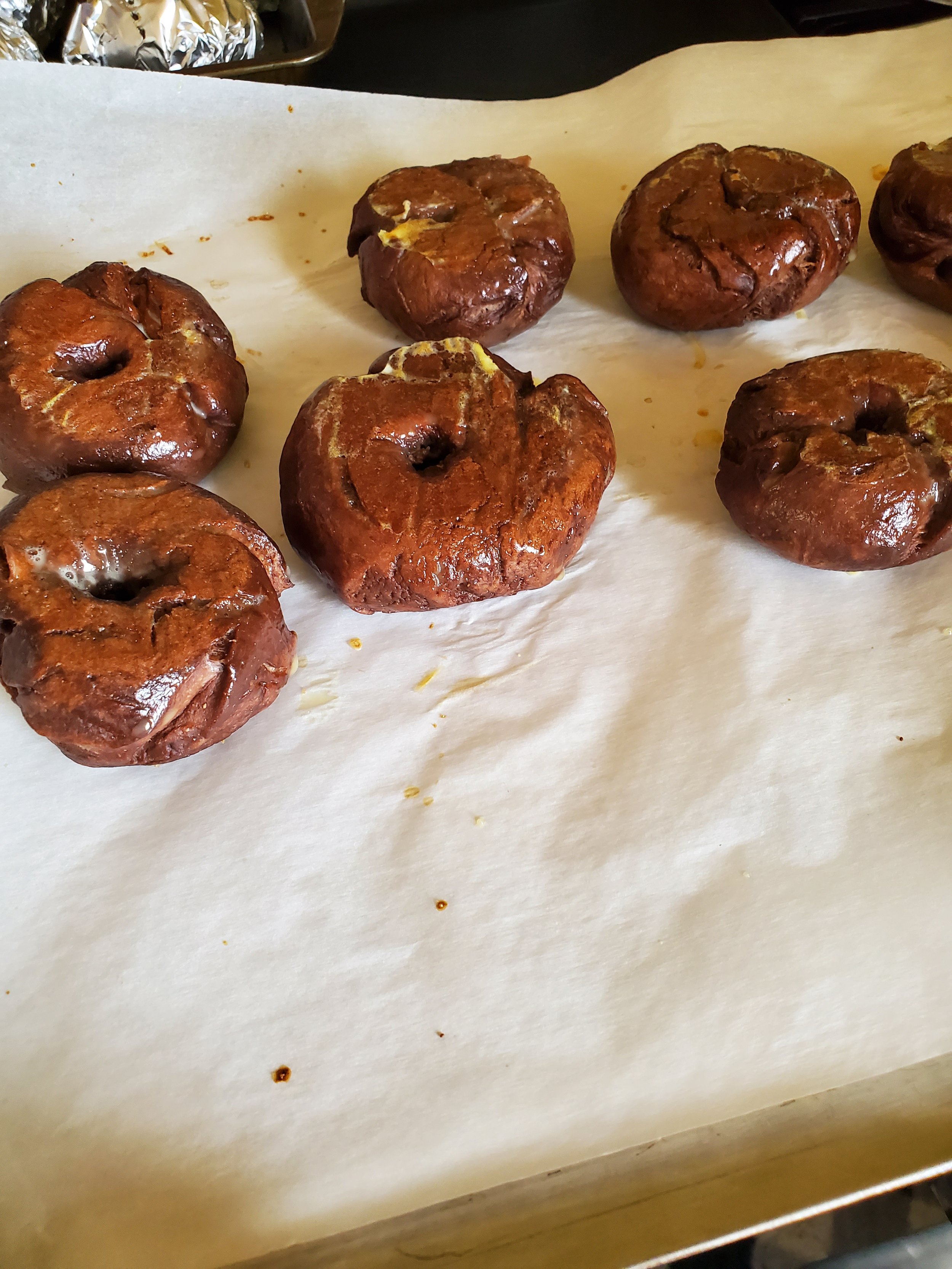10 Ways To Bring This Style Into Your Home
Art Nouveau looks at the natural world and makes it something magical. It's the sweeping curves of a river or a branch bending in the breeze. It's the way light shines through the wings of a dragonfly or softly diffuses through flower petals.
This is all well and good, but the question comes in how do you bring that concept into your home? Fortunately, we're looking to do just that.
If you're looking to start by learning about art nouveau and you're still trying to decide if you're interested, look to the classics. These four artists worked in several fields and are prominent names in art nouveau. So they're a good starting point to learn more about what you like and what you don't.
Louis Majorelle
Emile Galle
Hector Guimard
Alphonse Mucha
Use Asymmetrical Shapes
Although symmetry is often found in the natural world, asymmetry is also. Asymmetrical shapes reflect the motion in the natural world.
When we say asymmetrical shapes, we're talking about things that aren't balanced perfectly. That might be a couch that's higher on one side than the other, that might be having something that follows the shape of a leaf or a river.
Arches and Curves
If you want a more delicate touch when bringing art nouveau into your home, consider where you can bring in curves and arches. Unlike some of the other options on this list, they don't have to be the central focus of your home. You can bring them in as quietly as you want. Whether that is having arches in your furniture or having them in the architectural details of a room, they are very subtle.
You can bring in curves in the shapes of your rugs, headboards, mirrors, chairs, and even couches. Or you can get in touch with the DIY side and fake and arched doorway or ceiling.
Japanese Motifs
Japanese motifs were very much in style when art nouveau was being created. As the trade partnership with Japan first began to prosper in the early 1900s, people in Europe and America were fascinated. So art nouveau draws heavily on Japanese motifs. Whether you look at their fabrics, architecture, or art, Japan has historically been moved by details in the natural world. You should consider bringing in anything from artwork to fabrics to furniture to include as part of your home.
Stained Glass
Stained glass can be incorporated almost anywhere in the home today. You're no longer restricted by having to pay for giant pieces or even having them be just for windows. You can use them as decor around your home; you can use them as panels, they're even different ways that you can create faux stained glass yourself. Look to artists like Ernesto Basile and Alphonse Mucha for ideas and color palettes.
Ornamentation
In many ways, art nouveau is a style devoted to excess. Art nouveau is not an austere style, unlike some of the others we've covered in the past. Furniture, decor and even just the walls within your home were all up for ornamentation. They can all be detailed with exotic woods, semi-precious stones, silver, and iridescent glass. When it comes to adding flair and your personality, there is no limit.
Parquet
Parquet has long been seen as a mark of wealth and luxury. It's a type of wooden flooring that was made by arranging small slots of wood into distinct and repeated patterns. You used to have to lay down one piece at a time, very carefully fitting one to another. Modern parquet can come in tile form, where the wood slots are bonded to a backing. While some patterns were drawn from nature and done as repeating patterns similar to what you might find in textiles or tiles, others were more focused on shape and the natural flow of movement.
Wallpapers
Coming out of the Victorian age, wallpaper was still very popular in art nouveau design. Fortunately, modern wallpaper is much easier to create and apply and far less poisonous to your health. As we've mentioned in other posts late last year and early this year, peel-and-stick wallpaper is available in a wide variety of options, including the highly stylized flowers that are so prevalent in art nouveau. You can get them in a wide range of colors, from bold purples to soft sages. You don't even have to do the wall-to-wall look. Instead, you could make a feature wall or use wallpaper as the matting behind artwork in a gallery. You could even get creative and use it as a chair rail.
Carved Wood
Using real wood in the home was seen differently than it is today. Instead, it was a way of bringing in the natural world as surely as using stone or clay. It was something to be carved and sculpted, and it blurred the line between what was a necessary part of the architecture of a home and what was decoration. Everything was fit to be carved, shaped, ornamented, or detailed, and very often, pieces would flow between the two distinctions of decor and architecture. You might find the mantle for a fireplace that would sweep down and be shaped into an alcove or nook for seating.
Metalwork
The undulating and organic forms of nature found love as part of the home and as decor ornamentation or furniture within the garden. You can bring the same to your home by looking for pieces that mimic your favorite aspects of nature or by finding an artist willing to create them for you.
Tiles
Much like every other aspect of art nouveau, using tiles in the home was not seen as purely an architectural choice. Pieces would blend into decor and ornamentation and back again. You can achieve this look by using tiles as panels or ornamenting different furniture pieces.
You can also mix molded tiles, iridescent pieces, and metal tiles to create unique pieces around your home.
Art Nouveau can be summed up by saying take the natural world and have your home reflect it without bringing the natural world into your home.
What do you think? Is art nouveau for you? Whether you're looking to redo the whole of your home or bring in one or two pieces, let us know over on our Facebook.
If you wound up here not because you're looking to represent the elements in your home but instead because you want the elements of your stove to function, that's where our technicians come in. And Appliance rescue service, we're here for you. When you call us, we will work with you to find a time and date that works within your schedule to send out one of our technicians. Our dedication is to get your home running smoothly again. You can reach out to us via our contact page or by giving us a call at ((214) 599-0055).
















